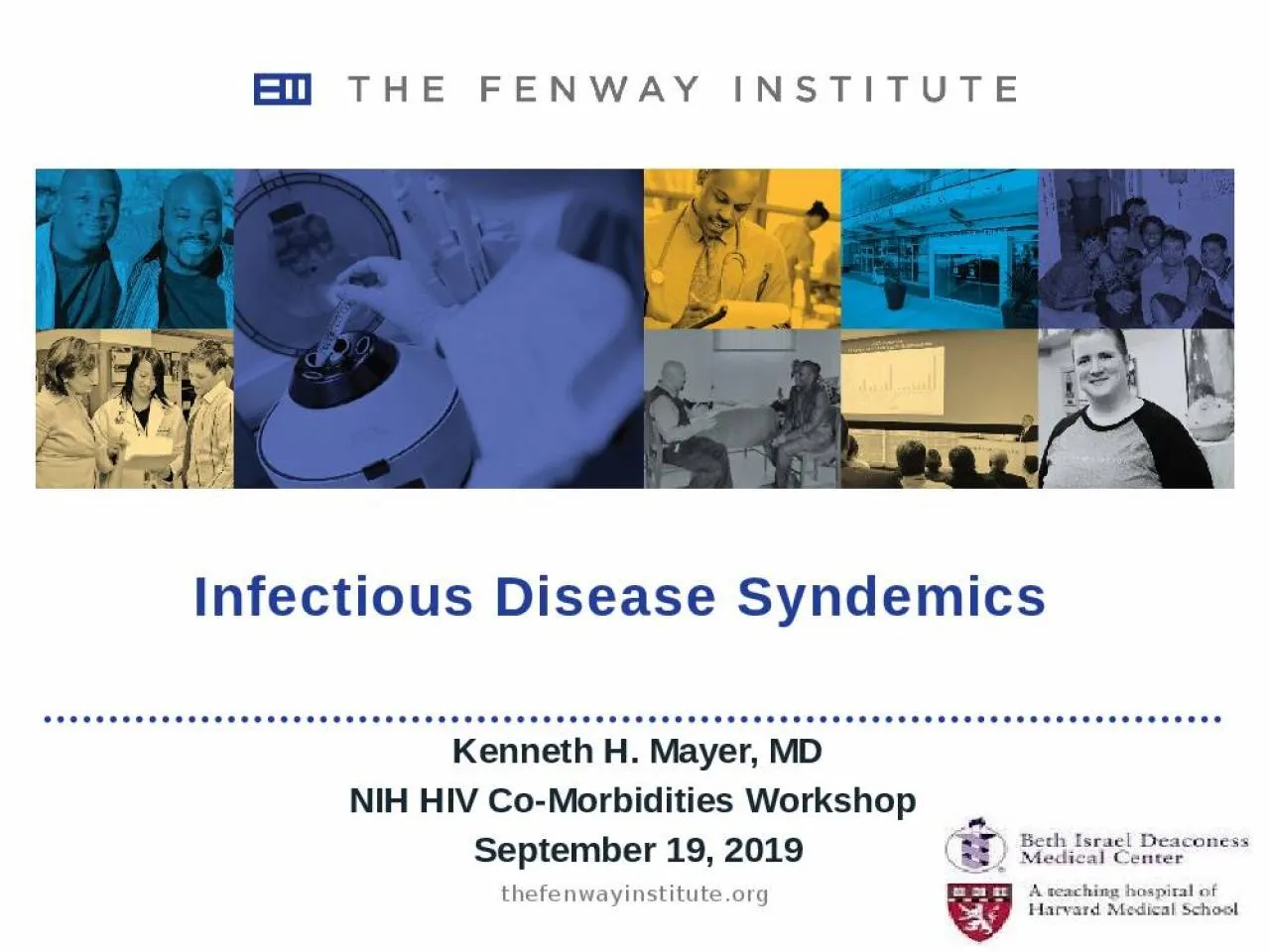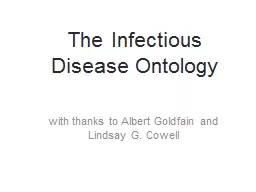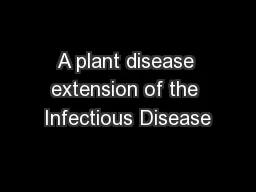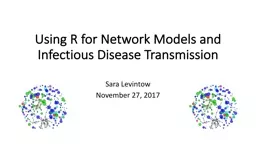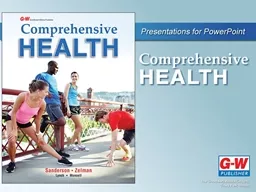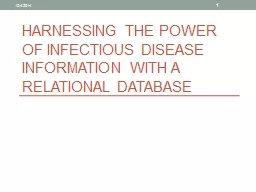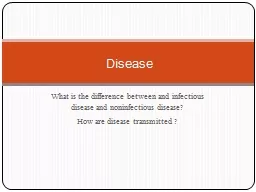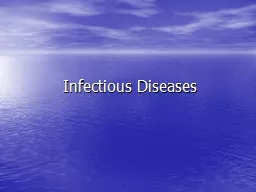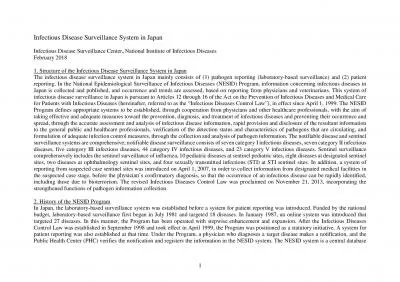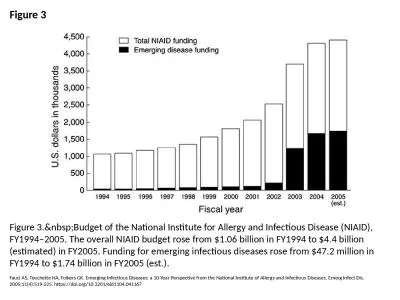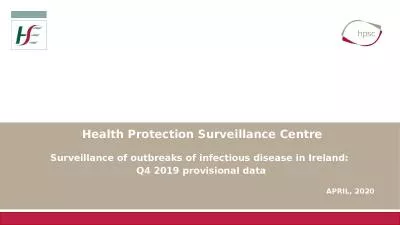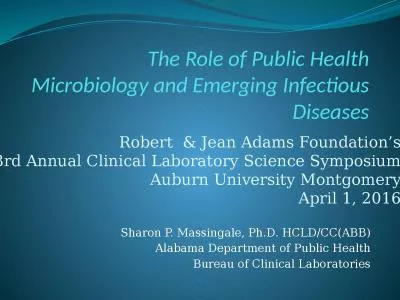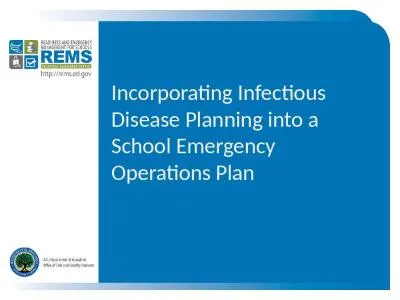PPT-Infectious Disease Syndemics
Author : clara | Published Date : 2022-05-18
Kenneth H Mayer MD NIH HIV CoMorbidities Workshop September 19 2019 Epidemiological Synergy Interrelationships between Human Immunodeficiency Virus Infection
Presentation Embed Code
Download Presentation
Download Presentation The PPT/PDF document "Infectious Disease Syndemics" is the property of its rightful owner. Permission is granted to download and print the materials on this website for personal, non-commercial use only, and to display it on your personal computer provided you do not modify the materials and that you retain all copyright notices contained in the materials. By downloading content from our website, you accept the terms of this agreement.
Infectious Disease Syndemics: Transcript
Download Rules Of Document
"Infectious Disease Syndemics"The content belongs to its owner. You may download and print it for personal use, without modification, and keep all copyright notices. By downloading, you agree to these terms.
Related Documents

